|
I’m so excited to announce that in person bodywork sessions are available starting Tuesday, June 23rd!
As you can expect a lot of changes have been made to the space and treatments will be a bit different when you come in, but my commitment to providing space for deep healing focused on your specific goals has not changed. The schedule has been limited to 60 minute sessions for the time being. Please schedule online or by calling 612-598-8627. Not really for in-person work yet? That okay, Mind-Body Self Care Consults are still available and can be scheduled via email at amydawsbodywork@gmail.com. I appreciate your understanding and flexibility as we navigate this new way of working together. Reach out if you have any feedback, questions, or concerns. Please review the remainder of the email, so that you can be prepared for your next session. Looking forward to seeing you soon! What to expect and my commitments to you: Common areas are being cleaned and disinfected regularly. The ventilation system in the building has been upgraded. All non-essential items have been removed from the common areas and treatment room. One way flow for traffic has been implemented in the clinic. Please enter through the front door and exit out of the back door. I am self-screening for symptoms daily and being vigilante to adhere to social distancing and avoid situations that are high risk for transmission in my personal life. I will be wearing a mask the whole session. The treatment room and table will be disinfected thoroughly between clients and all sheets/blankets laundered between clients. Additional time has been allotted between appointments to adhere to health and safety guidelines. Contactless transactions: your credit card on file will be charged after the appointment. You can update/verify what card is on file by calling Wellness Minneapolis reception: 612-598-8627. Please no cash or check at this time. What I ask of you: Do not come in for an appointment if you are experiencing any of the following symptoms or have come in contact with someone who has tested positive for COVID 19 or is experiencing the following symptoms within 14 days prior to your appointment:
***If you are experiencing any of these symptoms, please notify Wellness Minneapolis immediately and we will reschedule your appointment. The 24 hour cancellation fee will not be charged if you need to reschedule due to COVID-19. Wear a soft cloth or surgical mask to your appointment. Hard formed masks will not allow for you to lay comfortably face down. You will be expected to wear a mask for the entire appointment per DEED guidelines. This is not negotiable. If you are scheduled for Shiatsu, please bring a clean set of comfortable clothes to change into for your appointment. Come alone to your appointment unless you need assistance/supervision or are a minor. Wait outside the front door at the time of your appointment. I will meet you and let you into the building at your appointment time. Wash your hands or use hand sanitizer that is provided at the front desk upon entering the building. Bring your own water bottle or have some water in your car for after your appointment. Looking forward to working with you soon!
0 Comments
I’ve decided to “continue to pause” before reopening for in-person bodywork sessions. Massage therapy has been slated to reopen on June 1st by Governor Walz, but the consensus of many local bodywork therapists and my intuition is that this is just too soon. I assure you that I am taking your health (and my own) very seriously, and also working hard to find a way to provide bodywork services in the most ethical and safe way. One of the reasons that I started practicing massage was because of the profound effects that it had on my mental, physical and emotional body. I wanted to spread that love to others. Bodywork can be an integral therapy to support people through this time and the element of touch is important as we are more isolated than ever.
Before reopening, I will be working diligently to get a preparedness plan in place, collect supplies (many are on backorder), and sifting through options on how to restructure operations to build in time for extensive cleaning between clients and pre-appointment screening. There are going to be a lot of changes, but my dedication to providing therapeutic sessions focused on your health goals will not change. Mind-Body Self-Care Consults (more info about these sessions below) will continue to be offered. I have also made a library of free videos of self care tips for physical pain and tension and to reduce stress. You can find all of the videos here. If you need in-person support reach out and I can refer you to a therapist that is open for sessions. My next benchmark for reopening is in the end of June-early July. I will keep you posted on the exact date. Thank you for your patience and understanding. I’m really looking forward to getting back in the treatment room and working with you! We’re well into spring and I wanted to share a self-care video focused on abdominal self massage techniques that you can do at home to support detoxification and digestion. Usually in the spring, I start thinking about supporting my detoxification process with gentle cleansing techniques like abdominal self massage, increasing movement, drinking extra water and incorporating spring herbs like dandelion into my routine. In Chinese Medicine, the spring is connected to the Liver and Gallbladder, so giving these organs some extra attention during the spring can be helpful. You can read more about the Liver and Gallbladder Organ Systems and their connection to spring here.
A couple months ago, I wrote an article for Wellness Minneapolis about the benefits of abdominal massage, specifically as support for “spring cleaning” the organs. You can read the article here. All of the benefits of abdominal massage discussed in the article still apply to self massage that you do at home. Working on your own abdomen can have a huge impact on detoxification, supporting elimination and releasing stuck emotions. It also allows you to connect to an area of the body that often doesn't receive touch. I would recommend doing these techniques 1-4/week. Start slow and gently. Notice how you feel afterwards and have some extra water throughout the day. Click here to watch the video and start your abdominal self massage journey. Please reach out if you have any questions. Generally, abdominal massage is not recommended during active menstruation, during the 1st trimester or pregnancy, after a recent abdominal surgery, or during active or acute infection in the abdomen. If you have any questions about whether abdominal self massage is right for you feel free to email me at adawsbodywork@gmail.com. Over this last month, there has been a lot of adapting happening collectively and individually. How are you settling in? Do you need more support? How is your body feeling? I'd say this week is the first week that I have been feeling more in the flow. Throughout this process, I've been thinking a lot about trees and how gracefully they seem to adapt to different situations. Their branches grow in twists and turns to reach the sunlight and around obstacles, leaves and bark change their shape and density depending on the climate, and root systems adapt to different soils. They are pretty magical!
Being more treelike, for me, has involved deepening my routines around sleep, food, exercise and rest for groundedness. While also listening to my body and allowing for flexibility in routine. I've been carving out spaces in my home to work, play, and video chat, connecting with friends and family around the country for support, and soaking up the spring sun with a lot of walks. My bodywork practice has also been adapting quickly over the last month with the focus being: How do I continue to be supportive to clients and my community while hands on bodywork is not an option? I've worked to answer this question by moving my work to a virtual setting offering one on one Mind-Body Self-Care Consultations for clients, being more engaged with social media to stay connected, partnering up with a bunch of rad ladies to host a daily meditation and by making how to videos to share as a resource for in home self-care during this time. Check out the first installment of videos including some techniques for neck and shoulder tension and a sweet mediation called the Inner Smile Mediation to foster gratitude for your body and build inner radiance. Click on this link to watch the videos. I plan on continuing to make videos and staying connected via Instagram and Facebook. I encourage you to reflect on the ways that you have already gracefully (or not so gracefully) adapted through this situation and consider what ways you can be more treelike to find grounding, rootedness, flexibility and strength. Please reach out if you need support, have how-to video requests or just want to say hi. We will get through this! Miss you and am looking forward to getting back to the treatment room as soon as it's safe. I don't know about you, but I've been thinking a lot about my breath lately (and monitoring it for changes). The breath reflects our internal state and can be a great way to gauge how we're feeling in the moment. It's very common during times of stress to restrict the diaphragm, our major breathing muscle and breath more shallowly. Focusing on breathing deeply into the belly slows the heart rate and blood pressure as well as switches the body out of "fight or flight mode." Deep belly breathing also gives our organs a gentle massage which can help to regulate digestion.
Here's a simple how to: 1.) Lay down flat with a pillow or bolster under your knees. 2.) Rest one hand on your rib cage (heart area) and one hand on your abdomen. 3.) Slowly start to regulate and even out your breath. This can be done by counting in for 4 on the inhale and out for 4 on the exhale. 4.) Inhale through your nose, drawing the breath in deeply to the abdomen. Feel the expansion of the abdomen with the hand that is resting there. 5.) Purse your lips and slowly exhale out of the mouth feeling the abdomen contract. 5.) Do this for 5-10 minutes or more. Checking in with your breath regularly throughout the day and using this tool to regulate it can start to train your body to breath this way naturally. This is also a great exercise to do before bed to settle into sleep mode and let go of the stresses of the day. February is Heart Awareness Month and tomorrow is Valentine's Day. It's a great time to give your heart a little extra love. Our energetic hearts are influenced by our physical heart's health and vice versa. Many of the practices that are being suggesting are ones that I have picked up and/or adapted for myself over the last couple years.
Rose Oil Rose oil can be applied to your chest (or whole body) daily for some nice heart support and boundary medicine. According to my herbal teacher, Jessie Belden, rose can help our hearts to be open and receptive while also staying protected from encroachment. You can see this in the rose itself as a beautiful open flower which has grown thorns along it's stem for protection. You can make a simple solar infused rose oil by filling a jar with rose buds (about 3/4 of the way full) and then filling the rest of the jar with oil (jojoba, almond, olive and/or grapeseed oil are great). Make sure that the rose buds are fully covered by 1-2 inches of oil at the top. Seal the jar and let in sit on a windowsill for 2-4 weeks. The sun will warm the oil and help it to infuse with the rose buds. Shake the oil every day and give it a little love. After the 2-4 weeks, strain the rosebuds out. I like to keep my rose oil in the refrigerator and take a small portion out for using so that it stays preserved longer. You could also buy a rose infused oil, rose lotion or add a drop of rose essential oil to your daily lotion. Focused breathing for the heart In Chinese Medicine, the Heart organ system is deeply connected to all of the emotions of the body. Specifically, the Heart organ system is connected to the Spirit and the emotions of joy and love when in balance. When unbalanced we can tend towards hatred or cruelty. A simple way to nourish the Heart organ system is to do this simple breathing technique adapted from Chi Nei Tsang and the Taoist tradition. Find a comfortable sitting or lying down position. Close your eyes and focus your attention at your heart. Feel what the space around your heart. It may feel constricted or tight. It may feel open and expansive or somewhere in between. When you breath out imagine breathing out any hatred or cruelty that is accumulating around your heart. When you breath in, imagine a red nourishing light full of love and joy filling the space. As you breath you can repeat the mantra, "I breath out hatred and cruelty and breath in love and joy." You can take as many breaths as you need to start feeling openness in the area. At the end, sit for a couple breaths and feel the heart area full of warm, red light and a feeling of love and joy. Heart nourishing tea blend Some of my favorite herbs for the heart are linden, hawthorn and rose. You can make your own simple heart nourishing tea by mixing 3 parts linden flower and leaf, 1 part hawthorn flower and leaf and 1 part rose buds.* Mix all the herbs together so they are evenly distributed and store in an airtight container. To brew the tea, infuse one teaspoon of the mixture in a tea ball or strainer with 8 oz of hot water. Steep for 10-15 minutes and drink. *A "part" can be any quantity. For example, if you wanted to make a small batch of the herbal tea you could use 1 oz as a part. The recipe would be 3 oz linden flower and leaf, 1 oz hawthorn leaf, and 1 oz rose buds. I recommend using hawthorn leaf instead of hawthorn berries. Berries are denser plant matter and need a longer process to extract the herbal medicinal properties. A great place to buy bulk herbs is at The Medicine Tree in Minneapolis. Rose Quartz This is my favorite stone for the heart. It's said to be the Stone of Unconditional Love and is a gentle pink color. It can be used for healing the heart, increasing compassion and appreciation for ourselves and loved ones. You've probably noticed that I keep some in my room at Wellness Minneapolis. I like to think that they infuse the space with these properties as we work on your bodywork goals. You can buy small bits of Rose Quartz at a local rock shop like The Enchanted Rock Garden and keep them in your pocket. Necklaces with Rose Quartz are excellent as they keep the stone close to your heart. Hope you find these heart nourishing tips fun and simple. May your hearts be happy and healthy. . This winter has seemed pretty mild to me. Little less snow, not as cold. I thought I was cruising through pretty unscathed until it hit. The winter doldrums.
During the winter, I try to allow myself to relax more, do some reflection, meditate more, and generally be quieter or stiller. It seems to match what is going on outside anyway. Over the last week, I started to question if my stillness was turning to stagnation and then something happened on Sunday that reminded me of the power of movement during times of stagnation. On Sunday evening, I had plans to meet a friend at a yoga class. Had been looking forward to it all week, but when the time came to leave for class I was feeling anxious, bummed out and generally did not want to leave the house. For anything! Off I went to yoga class, wondering if I should have just stayed home. Within the 90 minute yoga class, my mood flipped from anxious and bummed out to grounded, calm and clear. It was truly a transformation. Over the next couple days, I kept thinking about how stark the difference in my mood and physical state were before and after the class. Since I practice bodywork, I also started to think about how yoga and bodywork are really similar in their ability to dramatically transform our physical and emotional states. Both yoga and bodywork create physical movement. During a yoga practice, you are placing your body in different poses to open up different areas of the body and using breath to direct energy throughout the body. A well sequenced class can focus on a specific area of the body or intention like easing anxiety or stress and leaves the whole body feeling balanced as a whole. During a bodywork session the therapist is moving your body with manual techniques to free up areas of tension and pain, release stuck energy and stretch joints. Bodywork increases circulation and lymph and can aid in the detoxification process. Yoga and bodywork have both been clinically researched to prove their efficacy in working with depression and anxiety. Massage has been proven to decrease cortisol levels on average 31% and increase serotonin on average 28% and dopamine on average 31% (1). Yoga has also been proven to decrease cortisol levels (2). Cortisol levels tend to be high during times of stress. Increased serotonin and dopamine make you feel better. Yoga and bodywork both can be used as self care tools to reconnect to the body and breath. One of the things that I appreciate about doing yoga or getting bodywork is that focuses my awareness on what is going on in each part of my body. Is there pain, feelings of stuckness, restriction in my breath? The expertise of the therapist or yoga instructor facilitates this tour of the body and holds a nurturing space for healing. Both yoga and bodywork remind us of the container that is our body and the boundary of the physical body. A super bonus for those of us that tend to walk around in our heads for most of the day. All of this is to say that if you are starting to feel the winter doldrums it may be time to shake things up a bit with a bodywork session or a yoga class or some other activity that can create a shift. I also like to go for walks or use aromatherapy when movement or a mood shift is needed. Movement breaks up stillness and it's always helpful to have a healthy balance of both. References: 1. Hou, W.H., Chiang, P.T., Hsu, T.Y., Chiu, S.Y., Yen, Y.C. (2010). Treatment effects of massage therapy in depressed people: a meta-analysis. J Clin Psychiatry. 71(7):894-901. 2. J. Thirthalli, G. H. Naveen, M. G. Rao, S. Varambally, R. Christopher,1 and B. N. Gangadhar. (2013). Cortisol and antidepressant effects of yoga. Indian Journal of Psychiatry. 55(Suppl2): S405-S408. There have been so many new and expecting parents in my life lately! Many of my friends are becoming parents and I have seen an influx of bodywork clients who are pregnant or new parents in the last couple months. All this parentness has inspired me to write a post about how awesome bodywork can be during pregnancy and as a person enters the realm of parenthood. Medical professionals are increasingly recommending bodywork during pregnancy for pain, stress and anxiety relief. Although one massage during pregnancy is great, regular bodywork during pregnancy and throughout the time of parenthood can be a wonderful addition to any expecting or new parent's self care routine.
For clients that are pregnant, massage can be a great way to relieve discomfort from the musculoskeletal changes that are inevitable during pregnancy. It is also a wonderful way to sooth anxiety or stress that comes with the current and expected changes to life. Bodywork is generally safe for pregnant individuals through the 1st, 2nd and 3rd trimester. High risk pregnancies can still benefit from bodywork, but be sure to let your practitioner know so that they can additionally modify the session. If you are not sure if bodywork is right for you it's always a good idea to check with your doctor first. Specific Symptoms that bodywork can address during pregnancy:
How is bodywork during pregnancy different than regular bodywork? Focus of the session: In general, bodywork for pregnant clients is focused on relaxation and increasing comfort. A session can focus on addressing any of the common symptoms that arise during pregnancy: sciatica, muscle/joint pain, stress and anxiety, edema, and decreased circulation. Specific work can be done to relief muscle and joint pain, but there are certain areas of the body where deep digging is avoided because of the vulnerability of these areas. During pregnancy, the body releases relaxin, a hormone that allows for the bones and joints to shift to make room for the baby. Work in the hips and low back is more gentle. Greater care is taken when stretching to take into consideration that the joints and bones are more loose and easily manipulated. In Shiatsu, certain acupressure points are avoided as to not move the energy too forcefully downward. Positioning: Special cushions are used to support the body during pregnancy. The cushions can be used to a certain point in the pregnancy (usually through the 1st trimester) to allow you to lay face down without pressure on the abdomen. The cushions can also be used to support you in laying on your side or in a semi-reclined position on the back. Getting a massage while laying on your side feels different than a regular massage, but still covers all the bases and allows for areas like the back, neck and shoulders to be worked on. How often to come: While one bodywork session during pregnancy is awesome, regular bodywork can have additional benefits and increase comfort for the parent and child. According to an article in Parent's magazine: "Studies from the Touch Research Institute at the University of Miami suggest that moms-to-be who get a weekly massage have lower levels of the stress hormone cortisol and higher levels of the feel-good hormones serotonin and dopamine. Researchers have linked these hormonal changes to fewer childbirth complications, including a 75 percent reduction in premature births among depressed women. Though you don't need to be depressed to reap the benefits of massage, another Touch Research Institute study found that pregnant women suffering from depression had significant improvement in mood, as well as decreased anxiety, after receiving a 20-minute massage twice a week." Bodywork for all new parents Continuing to get regular bodywork after pregnancy is a great way to establish much needed self care into the new routine of raising a child. Postnatal massage can help the body adjust back to it's pre-pregnancy shape more comfortably. It can also be helpful to all parents as they get used to new movements that come with raising children: feeding, carrying the baby and juggling carriers and bags. I have found that many of these sessions are focused on neck, shoulders, back and hips as you get used to these new movements. Stress and anxiety relief are also incorporated to sooth the mind and enhance the mood as parents move through this transitional time. References: 1. https://www.parents.com/pregnancy/my-body/pampering/prenatal-massage/. The Benefits of Prenatal Massage by Belle: University Chancelor. I don’t like to pick bodywork favorites, but shiatsu is pretty magical. To quote one of my teachers,”If massage and acupuncture had a baby, it would be shiatsu.”
Well, that sounds good, right?! The form of shiatsu that I work with the most is based in Traditional Chinese Medicine and called Shiatsu Anma. This form takes into account the whole body (physical, emotional, and energetic) when developing a treatment. A person might book a shiatsu treatment for a myriad of concerns including chronic physical pain and tension, pain from an injury or accident, headaches, sleep or digestive issues. Chinese Medicine considers any pain or dysfunction in the body as a symptom of imbalance. Shiatsu means “finger pressure,” and most techniques are applied with the thumb, fingers, or palms of hand pressing into the body. Kneading techniques may also be used and joint mobilization and stretching is an integral part of most treatments. Shiatsu treatments focus on restoring balance by working on the meridians (energy pathways) and specific points along the meridian. What will you experience during a treatment? A thorough intake is done on the first visit. This includes discussing your main concern and any related areas that may help me get a clear picture of your current and past health history. I will look at your tongue and take your pulses. Tongue and pulse diagnosis is a common way for a Traditional Chinese Medicine practitioner to get a clear understanding of where you may be struggling with balance. During the treatment, you will remain fully clothed. No lotion or oil is used, except for occasionally on the neck or abdomen. Staying fully clothed can make this an exceptionally accessible form of bodywork for those that have mobility issues, past trauma, are shy about practitioners working directly on their skin, or just don’t enjoy the oily massage feeling. It’s best to wear something that is loose and comfortable. In the same way, that therapeutic massage techniques can be performed more gently or more deeply, shiatsu also works at varied levels in the tissue. I always encourage clients to give me feedback about pressure. The whole body will be addressed during a treatment. The reason for this is that shiatsu focuses on the meridian system of the body and also that bodies function as a whole, not in parts. The meridians run in different lengths and pathways throughout the body. During a treatment, I work on the area that you are experiencing pain as well as the whole length of the meridian and/or any meridians that may be involved to create a smooth flow of Qi (energy) and other vital substances in the body. What happens afterwards? Post treatment effects vary from person to person and are based on your sensitivity as well as the treatment itself. Most often people feel more balanced and grounded after a shiatsu session. Muscular pain and tension should be decreased and you may notice your sleep or digestion improved. Like any other forms of bodywork you will most likely have marked changes right away and may continue feeling the work unravel for 24-48 hours after the session. It’s always a good idea to drink extra water and take it easy after any bodywork. If you enjoy baths, taking an epsom salt bath or a relaxing walk after your treatment can be beneficial. Each person and situation is different in regards to the way that they respond to a treatment. Follow up work may be needed and I always encourage regular treatments (usually every 4-6 weeks) for folks interested in continuing to explore the magic of shiatsu. Despite our wintry excitement this week, it's beginning to feel a lot like springtime. Spring is one of my favorite times of the year. There is nothing like feeling the warmth of sun on your face after many chilly months. I also love clearing out the clutter, throwing the windows open and finally being able to go on long walks with my pooch. Conversely, springtime can be a physically, mentally and energetically uncomfortable time for many of us.
Learning more about Chinese Medicine and it's connection to nature has made a world of difference in my life as I move through the extremes of season here in Minnesota. My dad always told me to "work smarter, not harder." I like to take that phrase to heart when thinking about navigating through the seasons. Would you like to learn more about the springtime according to Chinese Medicine principles and how you can support yourself through the season? Here goes: In Chinese Medicine, it is thought that our bodies are simply a small universe within the larger universe. In this way, changes to the external world are often replicated in our bodies. One major way to observe this is how our bodies respond to season changes. Each season is connected to one of the five elements (fire, earth, metal, water and wood). Each element is connected to a pair of "organ systems". An organ system is a holistic and more energetically focused understanding of some of the forces that govern our body's functions. This is not to be mistaken with the Western physiological function of the organs, although there is considerable overlap. Each element is associated with a season, color, sound flavor, balanced/unbalanced emotion and much more. By association, Spring is connected to the Wood element and the Liver and Gallbladder organ systems. It is also associated with upward/expansive energy, new beginnings, the color green, the sour flavor, and the sound "Shhh." The balanced emotions are generosity and kindness and the unbalanced emotions of anger and frustration. The Wood element's energy is upward and expansive. During the winter, a lot of energy is spent reflecting and restoring our bodies. Plans get generated and energy is build to implement them. When spring hits we are ready for action. Think about the amount of force a little sprout has to use to push through the ground to get to sunlight. It's a lot! We feel the energy within us. This makes the springtime a wonderful time to start new projects, renew goals, join a group, and generally plant seeds for the future. The Liver and Gallbladder organ systems are particularly prone to fullness. Additional upward and expansive energy in these organ systems during the spring can result in increased neck and shoulder pain and headaches. I see this a lot in my practice! It's a great time to add in more stretching, especially lateral stretches. It's also a good time to schedule regular bodywork and acupuncture. Grounding exercises, meditation and journaling are also helpful tools for balancing all the outward energy if it's starting to feel like too much. Spring is the time for new beginnings and it's also a great time clear out any clutter in your surroundings and in the body. Chi Nei Tsang (abdominal massage) is a great way to support any cleanse or detoxification program you may be doing this spring. It's also a great stand alone therapy to support clearing and detoxify the organs. Incorporating cleansing breathwork, going for walks, and simply committing to drinking more water can also help get your system moving. Anger and irritability are the predominant emotions of an imbalanced wood element. You may find these emotions more prevalent in the spring time. Preemptively focusing on kindness and generosity can be a particularly great practice during the spring. Volunteer, donate the items that you no longer need, help a friend, give all the hugs. Also look for ways to express that anger in a healthy manner. Other fun ways to support the Wood element would be to incorporate the colors, sounds and flavors. You can't go wrong with eating more green foods. Also incorporating more sour foods into your diet can be supportive, although this it is best to not go too overboard with this one. A little sour goes a long way. The sound associated with the Wood element is "Shhh." One way that you could incorporate this is by taking 10 deep breaths and when you exhale make the sound forcefully. This could help dissipate any extra Wood element energy that is rising in the body. There are so many ways to support the Wood element during the springtime. I hope you enjoyed learning about some of them. This is a topic I like to get really nerdy about, so please feel free to contact me if you have any questions or want to know how you can learn even more. |
AuthorAmy Daws is a trained Therapeutic Massage, Shiatsu, Chi Nei Tsang and Craniosacral therapist. She is a nerd at heart and loves sharing what she is learning about with her clients. Archives
January 2024
Categories
All
|
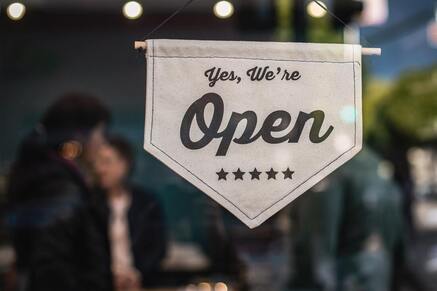



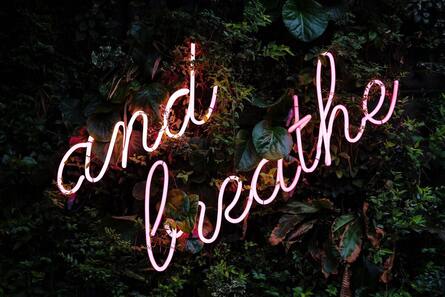
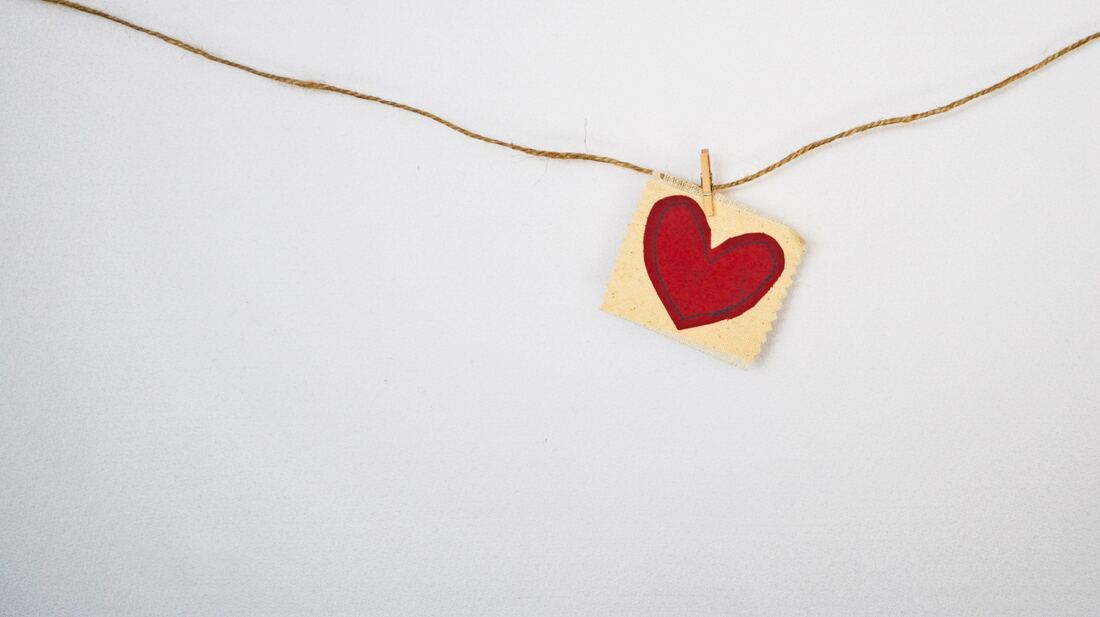

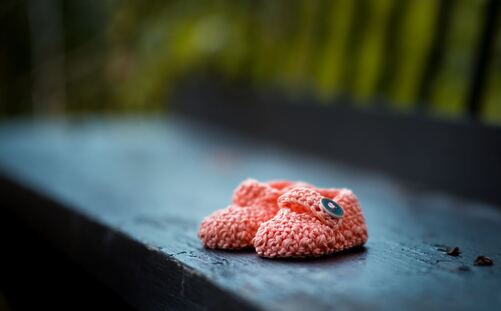
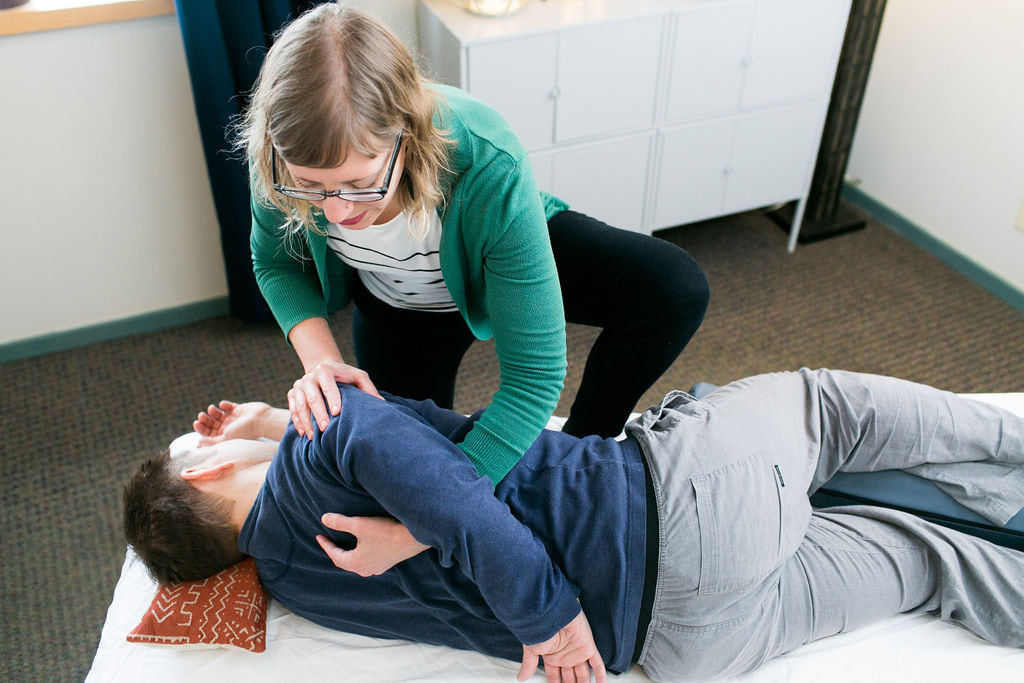
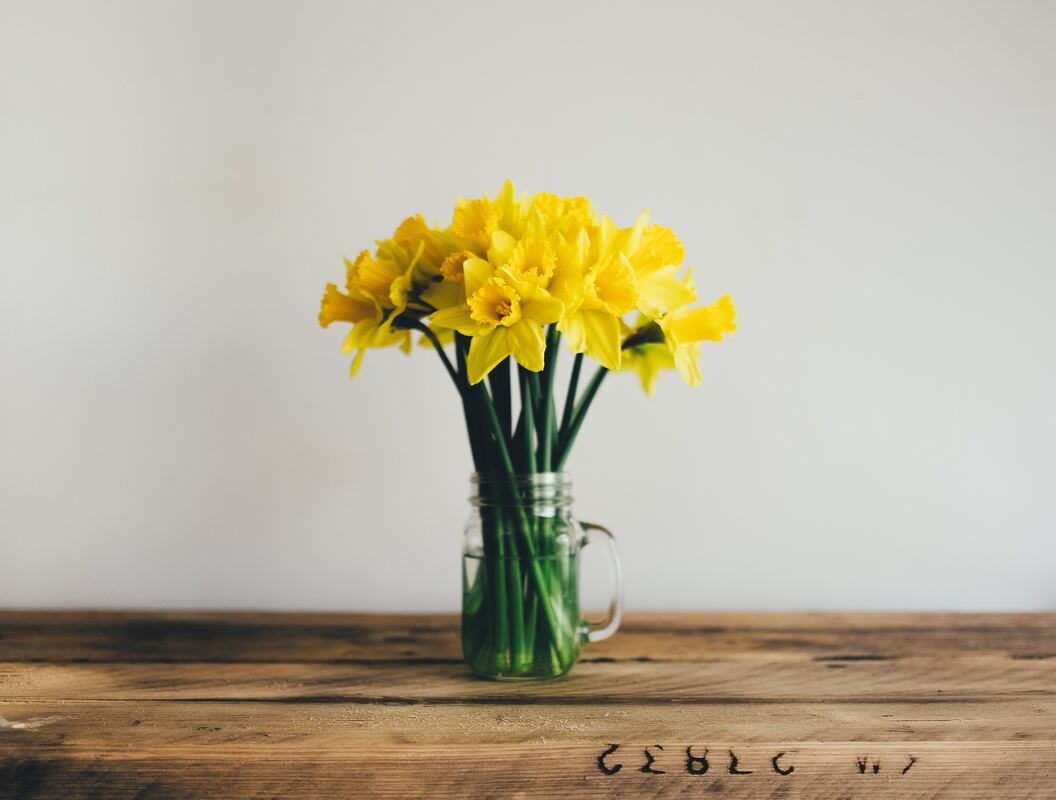
 RSS Feed
RSS Feed